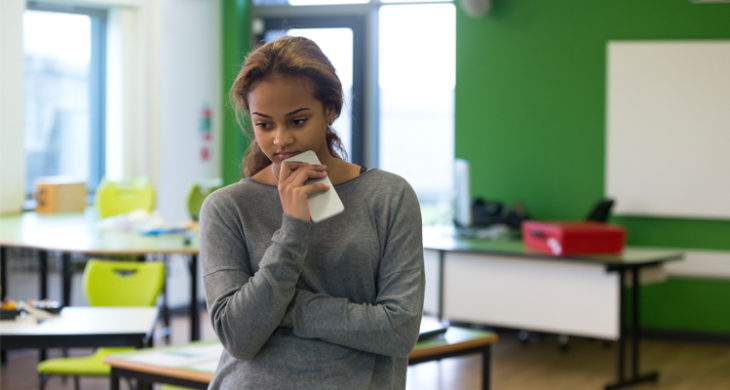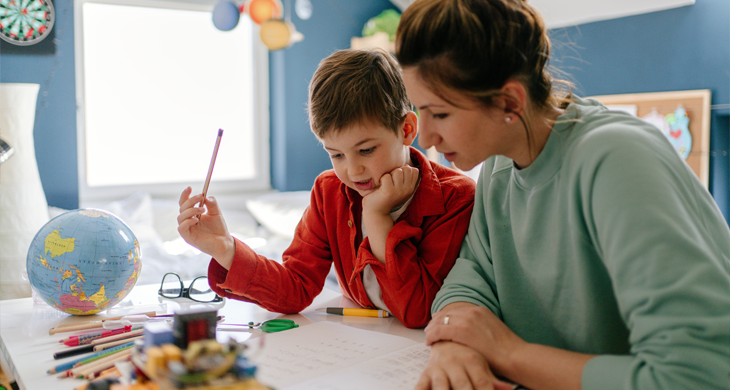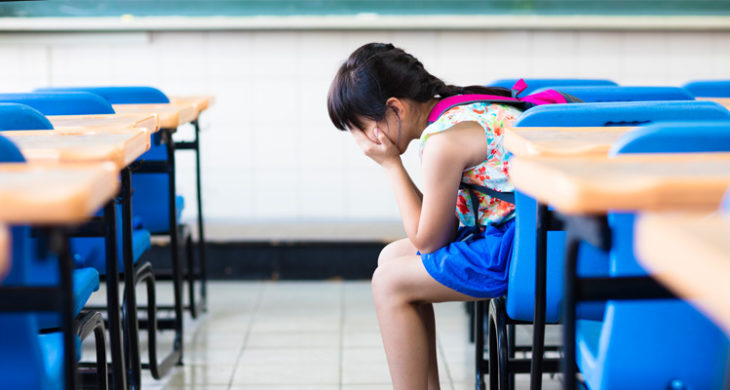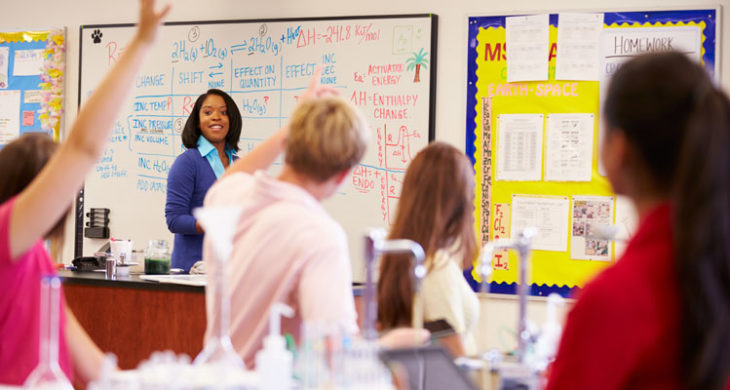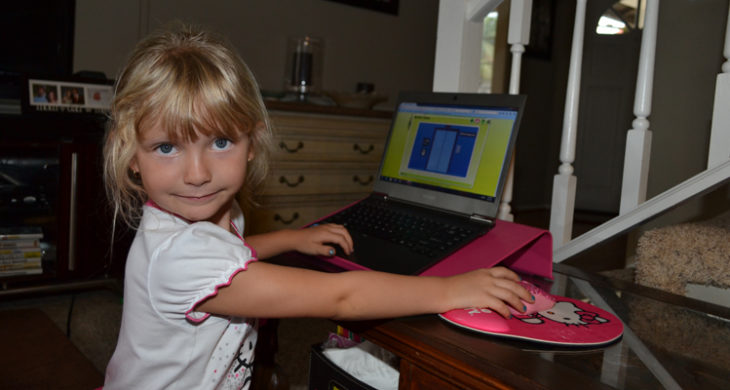One of the biggest challenges school administrators face is maintaining order in a building full of hundreds of kids or teens. A school is a microcosm of society and includes well-behaved and rule-following individuals as well as disruptive, rule-breaking, and sometimes even violent kids. Most schools employ punitive disciplinary tactics including detention, in-school suspension, out-of-school suspension and expulsion. Zero tolerance for disciplinary problems is the status quo. However, some schools are experimenting with a different approach—and are reporting positive results.
What Is Restorative Justice?
Unlike typical “justice” which focuses on punishing bad behaviors, restorative justice focuses on getting to the root cause of why the bad behavior happened and what needs to happen in order for the victim and the offender to learn from, and move past, the incident in question. In a school setting, this may include bringing students together in small groups to talk, air grievances, ask questions, and express feelings.
Restorative justice practices in schools include:
- Addressing and discussing the needs of the entire school community
- Fostering healthy relationships between teachers and students
- Reducing, preventing, and improving harmful behaviors
- Repairing harm and restoring positive relationships
- Resolving conflicts and holding individuals and groups responsible
A few years ago, Schott’s Opportunity to Learn Network (OTL) created a guide for educators who want to use restorative practices in their school to promote positive discipline. The guide provides details on the process and examples of how they’ve worked. “Suspensions don’t work, summonses don’t work, arrests don’t work,” says one 15-year-old quoted in the educator toolkit. “Keep us in the classroom, keep us accountable, and build relationships. That works.” A teacher described the goal of restorative justice in schools as turning “raised voices and closed ears” into “smiles, handshakes, and hugs.”
Restorative Justice in Schools
The educator guide provides examples of how restorative justice differs from the typical zero-tolerance approach. Assume that a student had an argument with his parents before school, and that made him late to class. Instead of the teacher scolding him for being late, which may cause the student to talk back and get detention, the teacher in a school practicing restorative justice might wait until after class to speak to the student. The teacher might learn about the argument at home and refer him to the guidance counselor.
In another example, a student gets into a minor fight in the cafeteria. Instead of being sent to juvenile detention, getting an arrest record, and facing suspension or expulsion, restorative justice might result in the student agreeing to help clean the cafeteria, and meeting with the school counselor, others involved in the fight, and possibly his parents to resolve the underlying reason for the conflict.
Does It Really Work?
A May 2018 article in the Texas Tribune details a Texas school’s experience with restorative justice. After teachers and administrators attended special training, a middle school in the Spring Independent School District set aside 35-minute sessions twice a week during which teachers and students “circle up” and discuss their feelings. Within the circle, students are required to participate and provide input into whatever the subject of the day is, social media for example.
After implementing the program, out-of-school suspensions declined significantly. Students who misbehave still may be sent to in-school suspension, but the focus there is talking through problems and identifying ways to repair the damage they’ve done. Frequent fights and chaotic classrooms have given way to more order and better attitudes across the board.
What do you think about a school disciplinary approach that doesn’t focus on punishment? Would you feel comfortable having your child attend a school with such a policy?
,

